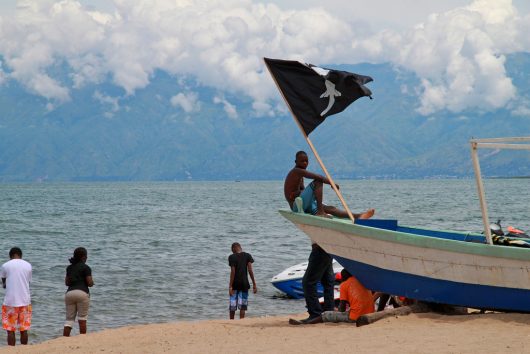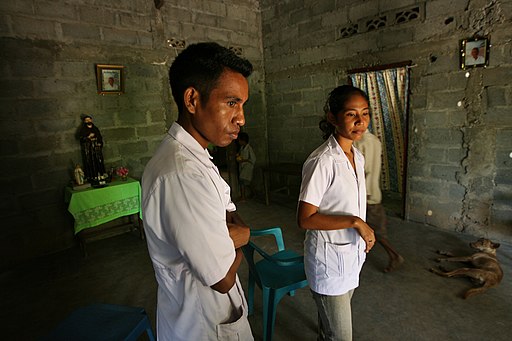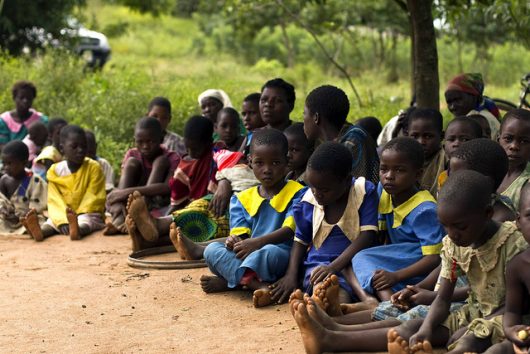 The mission statement of the World Bank is to, “end extreme poverty and promote shared prosperity.” The World Bank has funded over 12,000 development projects across the globe since 1947, and in Jamaica, these projects have provided much-needed assistance to those who need it most. Here is a list of five development projects in progress in Jamaica that are aimed toward improving the lives of the impoverished.
The mission statement of the World Bank is to, “end extreme poverty and promote shared prosperity.” The World Bank has funded over 12,000 development projects across the globe since 1947, and in Jamaica, these projects have provided much-needed assistance to those who need it most. Here is a list of five development projects in progress in Jamaica that are aimed toward improving the lives of the impoverished.
- Jamaica Disaster Vulnerability Reduction Project
Launched in 2016, this project aims to increase Jamaica’s ability to handle natural disasters or dramatic climate events via a four-part plan. The first step is to increase the island’s technological infrastructure to allow for better tracking and predicting of weather events. The next component of this project is the improvement of physical infrastructure on the island to better resist and withstand natural disasters. The third step is to improve emergency services, so that in the event of a disaster, people can more rapidly be assisted. The fourth and final component, which ties all of the parts of this project together, is administrative oversight by the World Bank to ensure accountability. This project comes at an investment cost of $30 million from the World Bank, a worthy donation that will ensure Jamaica can withstand natural disasters to come. - Early Child Development Project
The Early Child Development Project (ECD) sets out a three-tier strategy to ensure a better future for at-risk youth. The first goal of this project is to increase the regularity of developmental monitoring, health risk screenings and emergency intervention procedures for children. The second goal is to improve early childhood education facilities through both physical renovation and program development. Lastly, the ECD aims to strengthen and improve training for early childhood education groups, i.e. the adults responsible for providing care for children. The World Bank began this project in 2014, and has since pledged $14 million toward the cause. - Second Competitiveness and Fiscal Management Program
Commencing in June of 2017, this project is the World Bank’s most recent development project in Jamaica, with $70 million in funding. The goal is to strengthen Jamaica’s economy and financial sector through a two-part strategy. First, the World Bank aims to support legislative reforms which will enhance the development of the Jamaican economy. Secondly, this plan aims to increase the availability of fiscal management for both businesses and private citizens. If all goes to plan, this project will help Jamaica become a developed country by the year 2030. - Youth Employment in Digital and Animation Industries
This project began in 2014 with the help of a $20 million loan from the World Bank, and aims to increase employment opportunities for Jamaican youth, specifically in the rapidly expanding digital and animation industries. The World Bank’s plan for this project puts funding into each step along the journey to working in these fields, from early childhood skills training, to investing in the digital animation industries themselves to stimulate growth and job availability. This project also provides funding toward individuals carrying out research, development and innovation in these fields. - Jamaica Integrated Community Development Project
The World Bank has pledged to provide $42 million from 2014 to 2020 in an effort to improve safety and infrastructure in communities across Jamaica. This project aims to improve roads, drainage, electrical, sewage and water systems and community organizations.
With the assistance of the World Bank, these development projects will encourage Jamaica’s social and economic growth as a nation. With hope and continued aid, Jamaica may be pulled out of poverty and into a bright future.
– Tyler Troped
Photo: Flickr
 Pandemics are a looming, dangerous situation that many in the world think about at some point in their life. According to the Washington Post, “Outbreaks of life-threatening infectious diseases are spreading faster and with more unpredictability than ever.” Pandemics have swept the world countless times, but it seems that most countries do not have a set plan for dealing with these emergencies.
Pandemics are a looming, dangerous situation that many in the world think about at some point in their life. According to the Washington Post, “Outbreaks of life-threatening infectious diseases are spreading faster and with more unpredictability than ever.” Pandemics have swept the world countless times, but it seems that most countries do not have a set plan for dealing with these emergencies.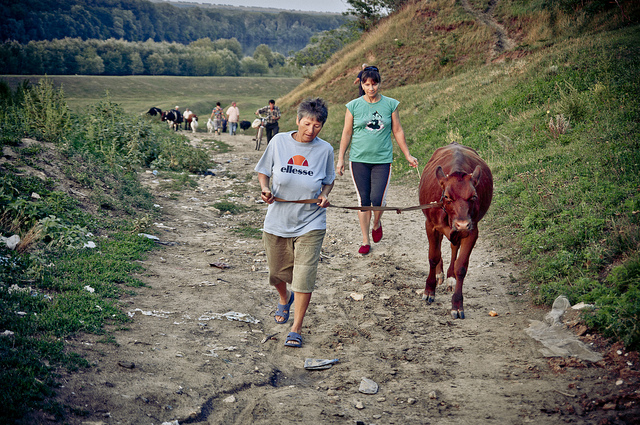
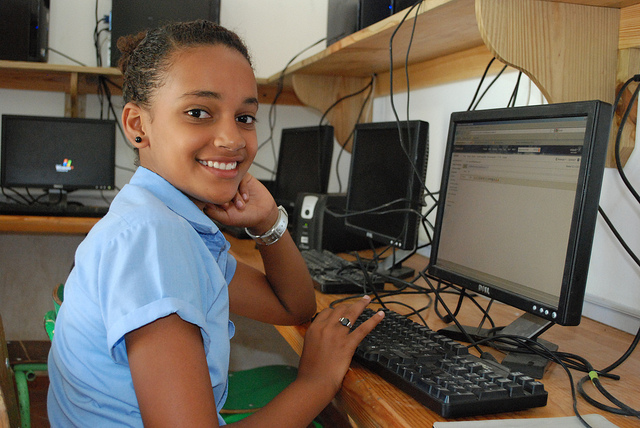 Education in Dominica is continuing to improve. The country is a part of the
Education in Dominica is continuing to improve. The country is a part of the 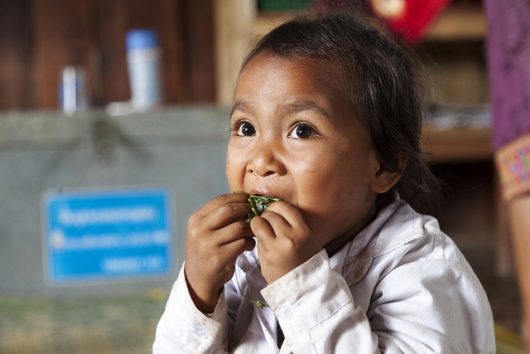 On September 28, 2017, the World Bank published its report on what they named the “
On September 28, 2017, the World Bank published its report on what they named the “ Given its position among continental Europe’s poorest countries, it is unsurprising that
Given its position among continental Europe’s poorest countries, it is unsurprising that 
